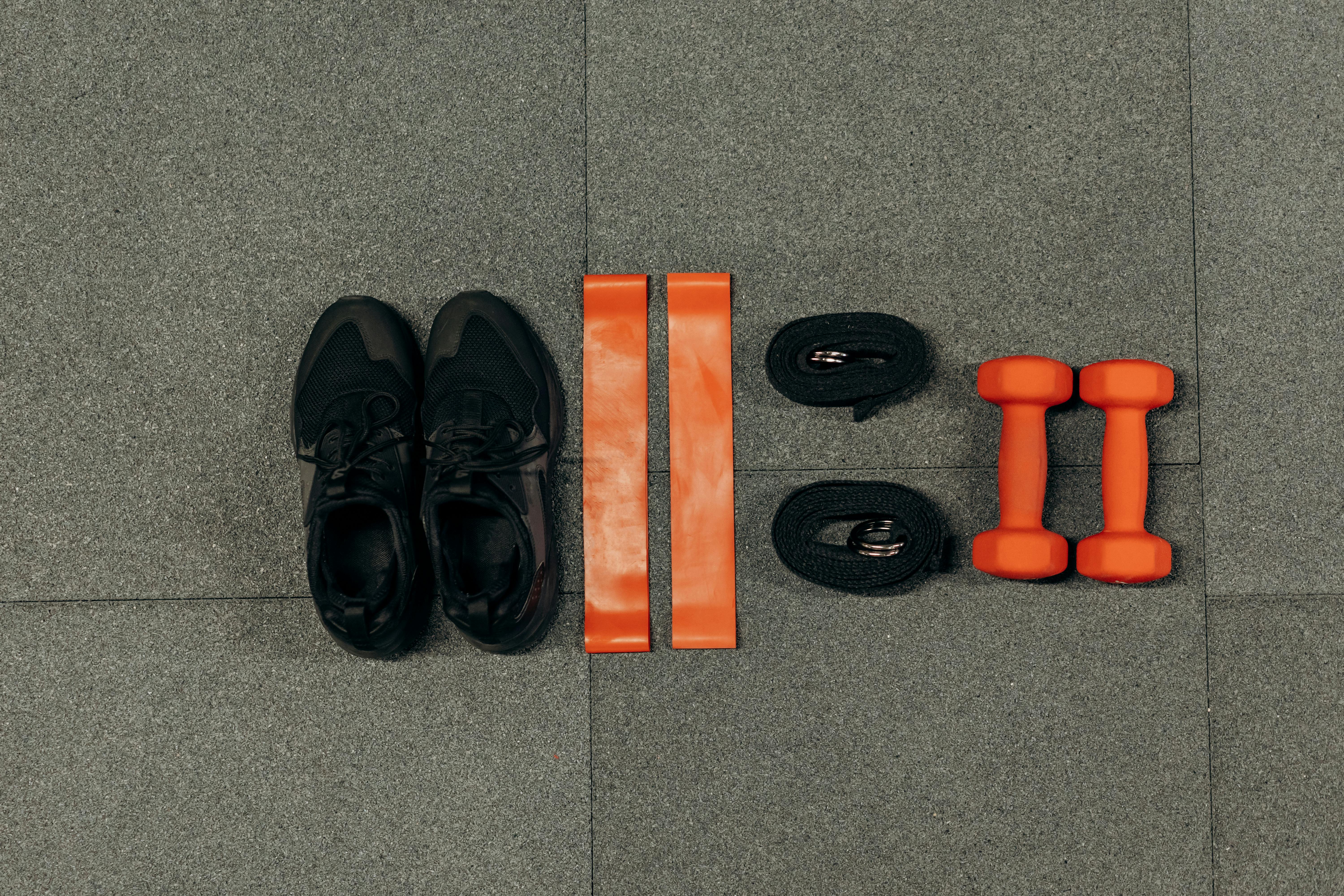Ultimate Practical Guide to Push Pull Training for Optimal Results in 2025
Understanding the Push Pull Training Method
Basic Principles of Push Pull Training
Push pull training is a method that divides workout sessions into two distinct types of movements: pushing and pulling exercises. This system allows for focused training of specific muscle groups while promoting balanced muscle development. Push exercises primarily target chest, shoulders, and triceps, while pull exercises work on the back, biceps, and rear deltoids. The Push Pull training method is essential for achieving effective muscle growth and maximizing strength. Such an approach facilitates workout recovery, allowing muscle groups to recuperate while others are engaged.
Benefits of Push Pull Training
Adopting a push pull training regimen offers numerous advantages, especially for enthusiasts looking to improve their fitness program significantly. This method enhances training variation, reduces the risk of repetitive sports injuries, and ensures balanced musculature development. Additionally, it supports higher training frequencies as opposing muscle groups are engaged on alternating days. The result is a robust workout routine that caters to both beginner and advanced fitness levels, optimizing performance and recovery.
Setting Up Your Training Split
When creating your push pull training plan, it’s essential to design a split that suits your individual fitness goals. A common approach is a three-day split: Push on Day 1, Pull on Day 2, and Rest on Day 3. This cycle can then be repeated, allowing ample recovery time for the targeted muscle groups while maintaining a consistent workout week. For enhanced results, consider incorporating flexibility or endurance training on off days.
Designing an Effective Push Pull Training Plan
Creating Your Personalized Training Plan
To ensure the success of your push pull training, crafting a personalized training plan is crucial. Assess your current fitness level and goals to tailor exercises effectively. Begin by selecting core compound lifts, such as bench presses, squats, and deadlifts for the push and pull segments. Aim for 4-6 challenging exercises per session, focusing on different muscle groups to maximize hypertrophy. This structured approach encourages ongoing progress and helps achieve a powerful training effect.
Integrating Warm-Up and Cool Down
A vital component of any training plan is the warm-up and cool-down phases. Start your push pull sessions by engaging in dynamic stretching or light cardio to elevate your heart rate and prepare your muscles for the workout. Similarly, implement a cool-down routine post-exercise consisting of static stretching to enhance muscle recovery and flexibility. This practice not only maximizes the effectiveness of your training but also reduces the risk of injury.
Tracking Your Training Progress
Monitoring your progress is essential in any fitness journey. Consider using a training diary or fitness tracking apps to log your exercises, weights, and repetitions. Regular assessments of your training effects will keep you motivated and help identify areas for improvement. Set milestones for strength gains, endurance, or hypertrophy so you can celebrate achievements and stay on track.
Exercises to Include in Your Push Pull Training
Top Push Exercises for Muscle Growth
An effective push session incorporates various compound exercises targeting major muscle groups. Key exercises include the bench press, shoulder press, and squats. Incorporate these movements within your routine for optimal muscular engagement and strength gains. Variations like incline or decline presses can further challenge your muscles and support balanced development.
Key Pull Exercises for Increasing Strength
For successful pull sessions, compound exercises such as deadlifts, pull-ups, and bent-over rows should be included. These movements engage multiple muscle groups and stimulate muscle hypertrophy effectively. Focus on varied grip styles and angles to target different muscle fibers, ensuring comprehensive development of your back and arm muscles.
Fine-Tuning with Resistance and Rep Ranges
Fine-tuning the resistance levels and rep ranges of your workouts can result in enhanced muscle training outcomes. For strength, maintain lower reps (3-6) with heavier weights, and for hypertrophy, use moderate reps (8-12) with slightly lighter resistance. Additionally, periodically adjusting your training intensity and exercise variations will lead to progressive overload, vital for continued improvement in strength and muscle tone.
Optimizing Recovery in Push Pull Training
The Importance of Rest Days
Rest days are vital for muscle recovery and growth. Ensure your push pull training plan incorporates rest or light activity between intense workout days. This helps muscles recover and repair, allowing for maximum gains and reduced risk of injuries. Consider active recovery activities such as walking or yoga on these days to maintain flexibility while promoting blood circulation.
Nutrition Strategies for Enhanced Performance
Nutrition plays a crucial role in optimizing push pull training results. A balanced diet rich in protein, carbohydrates, and healthy fats supports recovery and muscle growth. Ensure to fuel your body properly before and after workouts with nutrient-dense meals and snacks. Incorporating supplements like protein powders might also help achieve dietary goals effectively.
Monitoring Overtraining and Injury Prevention
It is essential to pay attention to your body’s signals to prevent overtraining and injuries during a push pull training regimen. Common signs include persistent fatigue, decreased performance, and increased injury incidence. Prioritize adequate recovery and consider deload weeks or lighter training phases at regular intervals to mitigate these risks, maintain fitness motivation, and ensure long-term training success.
Conclusion and Future Directions in Push Pull Training
Push pull training is an excellent way for individuals of all fitness levels to reach their fitness goals. By implementing structured workouts, meticulous planning, and focused recovery strategies, achieving maximal strength, hypertrophy, and overall physical fitness is achievable. Embrace the push pull training method, unlock your potential, and stay on track to meet your fitness dreams in 2025.
Common Questions about Push Pull Training
What are the Key Elements of a Push Pull Training Plan?
The key elements include structured workouts featuring pushing and pulling exercises, recovery strategies, effective warm-up and cool-down routines, and monitoring progress. Ensuring variety and appropriate resistance levels will enhance effectiveness.
How Many Days a Week Should I Train?
A balanced approach often allows for 3-6 training days per week, depending on fitness levels and goals. Incorporating rest days ensures adequate recovery, crucial for optimal performance and muscle growth.
Can I Use Bodyweight Exercises in Push Pull Training?
Absolutely! Bodyweight exercises like push-ups and pull-ups are excellent for building strength in a push pull routine and can be strategically integrated for regression or progression in your workouts.
Visual Guides for Your Push Pull Training Plan


For further reading, explore additional insights on [creating an effective workout routine](https://excersise.info/?p=1879) or delve into [nutritional strategies for athletes](https://excersise.info/?p=1874).
